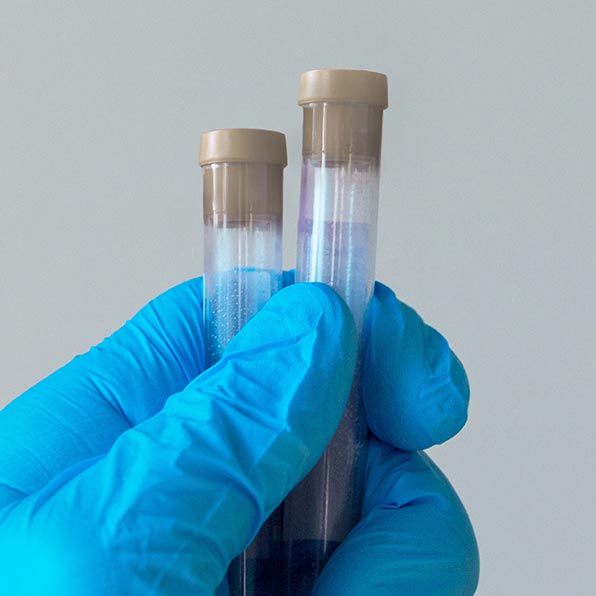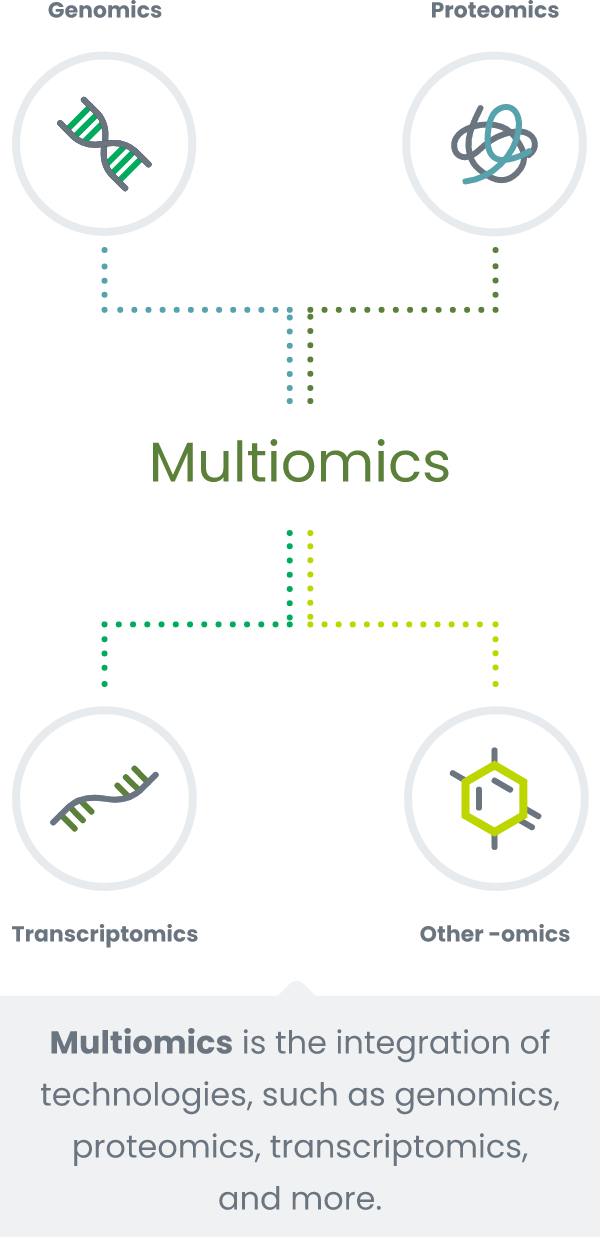Early detection matters
At Freenome, our focus is on detecting cancer early and making screening more accessible.



“For the first time in human history, we can combine multiple different technologies that work together to find cancer early. For this reason, I believe cancer is a problem that will be solved in our lifetime.”

Jimmy Lin, M.D., Ph.D., MHS
Chief Scientific Officer
Better outcomes start with early detection
Our intelligent screening platform
Freenome’s mission is to detect cancer in its earliest, most treatable stages and make screening easy and accessible for everyone.
Foundational to Freenome’s scientific approach is that no single technology can detect every cancer, due to the intrinsic heterogeneity of the disease. Freenome’s multimodal approach combines computational biology, machine learning, and multiple data types to tune into cancer’s subtlest cues, even at the earliest stages of the disease.

Our first blood test is for the early detection of colorectal cancer
Colorectal cancer (CRC) is the world’s second deadliest cancer, with more than 50,000 deaths per year in the U.S. alone.4,5 When CRC is detected and treated before it spreads, the survival rate is over 90%.6 That’s why our first test is focused on CRC, to provide a more accessible screening option.
The PREEMPT CRC® Study is the largest prospective study of its kind, enrolling more than 40,000 participants.
Beyond colorectal cancer
Lung cancer is the world’s deadliest cancer, but only about 5.8% of eligible people in the U.S. are screened for the disease.5,7
We are recruiting as many as 20,000 geographically and demographically representative participants for the PROACT LUNG Study.

References
1. American Cancer Society. Cancer Facts & Figures 2023. Accessed December 15, 2023. https://www.cancer.org/content/dam/cancer-org/research/cancer-facts-and-statistics/annual-cancer-facts-and-figures/2023/2023-cancer-facts-and-figures.pdf 2. Crosby D, Bhatia S, Brindle KM, et al. Early detection of cancer. Science. 2022;375(6586):eaay9040. doi:10.1126/science.aay9040 3. American Cancer Society. Cancer Statistics Center. Accessed February 4, 2024. https://cancerstatisticscenter.cancer.org/ 4. National Cancer Institute Surveillance, Epidemiology, and End Results Program. Cancer stat facts: common cancer sites. Accessed December 14, 2023. https://seer.cancer.gov/statfacts/html/common.html 5. World Health Organization. Cancer. Published February 3, 2022. Accessed December 15, 2023. https://www.who.int/news-room/fact-sheets/detail/cancer 6. Survival rates for colorectal cancer. American Cancer Society. Accessed December 14, 2023. https://www.cancer.org/cancer/types/colon-rectal-cancer/detection-diagnosis-staging/survival-rates.html 7. American Lung Association. State of Lung Cancer 2022. Accessed December 15, 2023. https://www.lung.org/getmedia/647c433b-4cbc-4be6-9312-2fa9a449d489/solc-2022-print-report
